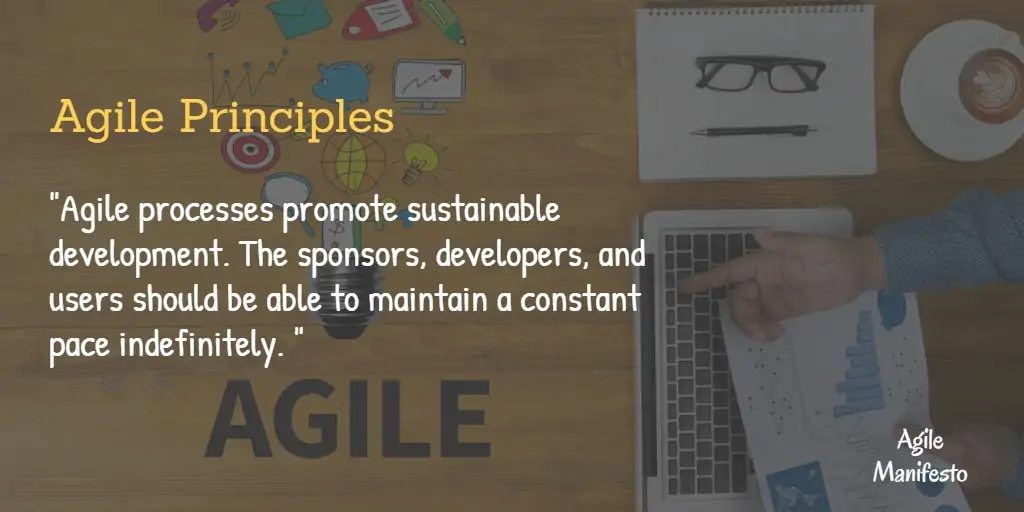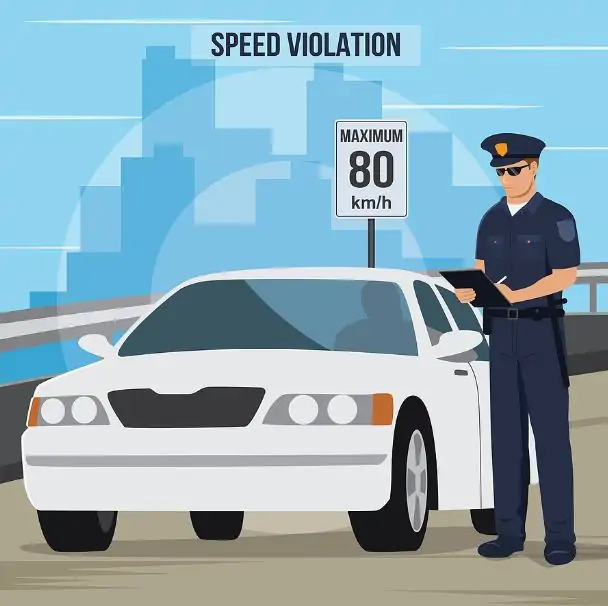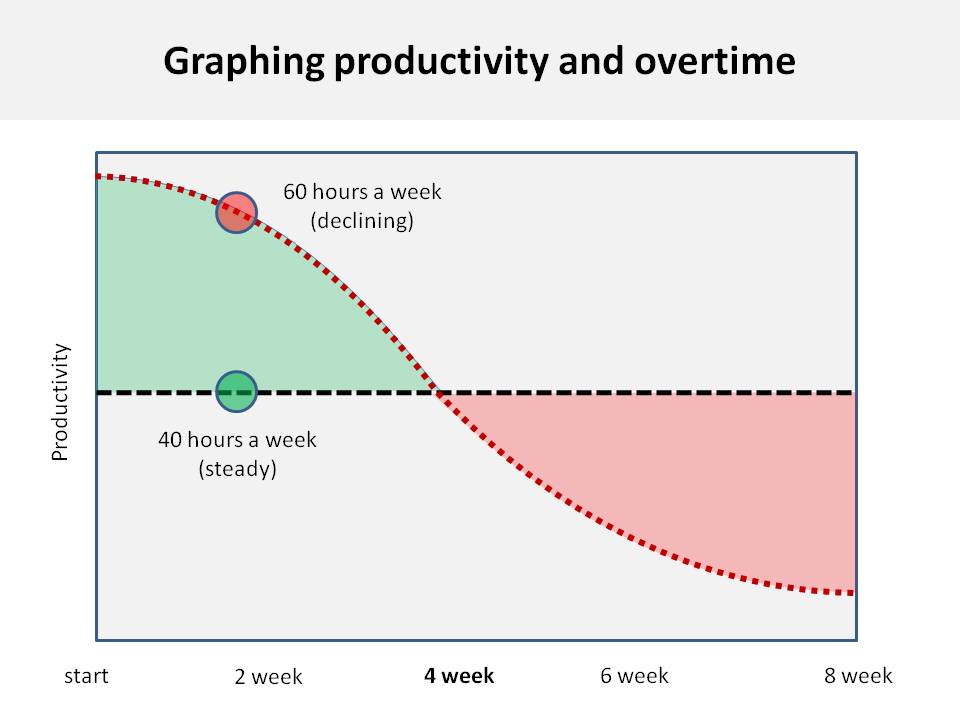What Is Sustainable Pace?

Agile 101
Sustainable Pace: Why Going Faster Will Trip You Up
What Is Sustainable Pace?
Sustainable Pace in XP (Extreme Programming)
The concept of sustainable pace originated in XP (eXtreme Programming). In “Extreme Programming Explained” Kent Beck argued for a 40-hour work week and against working overtime for longer than a week. Ron Jeffries later argued that this practice should be called sustainable pace.
Img Src: staff.com
Where Does Sustainable Pace Fit in Agile?
Sustainable pace is an essential part of Agile. In fact, one of the principles of the Agile Manifesto explicitly talks about sustainable pace:
Sustainable Pace in Kanban
What Is Sustainable Pace in Scrum?
The Scrum Guide doesn’t mention sustainable pace. But it does put the power to decide what will be done in the next sprint firmly in the hands of the development team.
Scrum says quality goals shouldn’t change during a sprint. And you’ll see later how quality suffers from speed. So, working at a sustainable pace is implicit in Scrum and under the control of the development team.
The Most Obvious Signs You’re Speeding
-
Regular overtime, and worse: extended periods of overtime.
-
Sprint commitments are regularly not met.
-
Increase in defects.
-
Helpfulness and collaboration are hard to find.
-
Low morale.
-
Laying blame and pointing fingers.
-
Ignoring good practices because they take time.
-
Time needed takes priority in decision making.
Why Speeding Is So Bad
Well, actually, the boost doesn’t last that long. The detrimental effects of speeding take hold immediately. After about a week the boost decreases rapidly, turning into a deepening loss after 3 to 4 weeks.
-
As you tire, you fail to notice a drop in your cognitive abilities. Mistakes happen and quality suffers.
-
Cutting corners to meet deadlines degrades the code.
-
Accumulating technical debt makes changes harder, slowing you down.
-
Long hours and pressure induce stress-related health problems. Burnout is round the corner.
-
Tiredness negatively affects interpersonal communication, reading other people, making judgment calls, and managing your emotions. This leads to stressed work relations and less collaboration.
-
You lose sight of the big picture and get lost in details more often, lowering your effectiveness.
-
Regularly doing overtime makes it harder to know what you can do. This makes estimates harder and increases unpredictability and unreliability.
Sustainable Pace Brings More Benefits
-
Mindspace to come up with creative, better solutions.
-
Cross-training to improve your bus factor.
-
Time to maintain and improve quality and this means: Fewer escaped defects lower costs. Easier changes and more time for them so you’ll be delivering more value sooner. Fewer nasty surprises.
-
Exposing problems because you no longer treat the symptoms with overtime. For example, problems in scheduling or management, with tools, or simply inefficiencies and activities that bring no value. Fix them and you’ll do more without working longer.
How Do You Find Your Sustainable Pace?
Experiment.
Start at the low end. Potentially even taking a sprint, shortened if you like, to complete a single issue in full accordance with your Definition of Done.
How Do You Avoid Sandbagging?

Drop the Shackles of Long Hours
But there’s no denying the mountain of research that confirms that working at a sustainable pace is actually the most productive way to work. Kanban’s WIP limit is one of it’s gold nuggets to help you find and maintain that sustainable pace.
So, slow down, get clear on the tasks that deliver the most value, and get those finished. Your productivity will skyrocket.
Check out Nimble Now!
Humanize Work. And be Nimble!









